Sexual harassment and violence against women on buses and trains in Scotland is not a new phenomenon.
However, recent figures suggest crimes targeted against women on the UK’s public transport network are on the rise.
In August the British Transport Police (BTP) revealed that reported “violent crimes” against women and girls on trains had increased by 20% to 11,357.
There was also a 10% rise in reported sexual offences, with 2,475 recorded in 2023.
The BTP noted this could in part be explained by an increased willingness to report such incidents.
However, it has been recognised in the wake of recent sexual violence cases that society often puts the onus on women to take precautions against violent crime.
Men are overwhelmingly responsible for the violence and sexual harassment experienced by women in Scotland.
Kim Rennie had a “scary” experience while waiting for the last bus back to Montrose at around 11.30pm on the city’s Union Street.
“A man approached me and asked what I was selling”, says the 48-year-old from Ferryden.
“I was in a t-shirt for the (Aberdeen International) comedy festival because I was crew.
“I didn’t know if he was asking if I was selling myself or if I was selling drugs.
“It was scary because I had nowhere to go and I was on my own.
“I had to phone my friend to come and get me and I was lucky to have that (option) because not everybody would.”
Scary experience made thought of getting the bus ‘daunting’ for Angus woman
Kim has fibromyalgia and relies on buses to get from A to B.
She predominantly uses the bus to travel across the River South Esk to Montrose.
The radio DJ also often travels to Aberdeen to attend gigs.
This experience made public transport a “daunting” prospect for her.
“At the time it was quite funny because I hadn’t started panicking”, she says.
“But what if he had done something? What if he had a weapon? What if he was trying to rob me?
“Thankfully, he didn’t do anything to me and it was about a 3-minute stand-off.
“I eventually walked away and there were people around because it was busy, rather than if I had been in a completely dead street on my own.”
‘It’s not great being a woman nowadays’
One of Kim’s friends now avoids public transport after a man followed her through the carriages of a train in Dundee.
Kim argues that fitting buses with CCTV cameras is an important deterrent.
And she describes most of Stagecoach’s bus drivers in the Montrose area as “excellent”.
Kim takes precautions when travelling on public transport, especially if it is late at night or if she is on a near empty bus.
“I make the driver aware when I get on the bus that I’m sitting near him”, explains Kim.
“If you’re on a bus and somebody approaches you, you’ve nowhere to go.
“The driver is your only line of defence and they’re busy driving the bus.
“I have big bunch of keys that I would use if someone was to try and attack me.
“It could give me enough time to get away. But I don’t know how strong I am.
“I’m not able to run because of my mobility. If something was to happen to me, I wouldn’t have a clue what to do other than inform the driver.
“If a woman says no, men should move on (and) not keep hounding her.
“That happens quite a lot and it’s not great being a woman nowadays.
“Men are much more powerful and there’s not much I could do if a man tries to attack me.
“I know where to kick first and stuff, but it is a scary world that we live in. It’s awful.”
What is women’s safety on public transport like in Angus?
Angus South MYSP Marcus Flucker has been trying to tackle public transport safety.
According to Marcus, the recent figures are “just the tip of the iceberg”.
“There is an onus on women to safeguard themselves and a lot of behaviours go unreported”, says the 20-year-old Dundee University student.
“I wouldn’t just be looking at those figures that were reported, but trying to figure out what is not being reported as well.”
“There are incidents like somebody sitting next to you on a bus when there are free seats everywhere or somebody staring at you.”
The BTP is responsible for policing Scotland’s railways, meaning its recent findings are from women’s experiences and incidents on trains.
But we know that taking buses can often be an intimidating prospect for women and girls.
This is the mode of public transport used by most youngsters in Angus, who can use a National Entitlement Card to travel for free.
Marcus and his fellow MYSP Hollie McIntosh helped to launch the Angus Council and Police Scotland Safer Travel Angus campaign in August 2022.
“We ran a public transport survey and added this question around safety”, he says.
“We were astounded that 74% of young people surveyed across Angus didn’t know what to do if they felt unsafe on public transport.
“The dial hasn’t shifted when it comes to the more general aspects of bus travel in the time that I have been looking at it.
“It’s either that the buses don’t show up or that they are always late.
“Therefore, you’ve got safety concerns around that, with people not getting the last bus home.”
‘Sexism is still ingrained in society’
Marcus continues: “We’ve got to tackle this as a community issue and not just a public transport problem.”
He says we need to be aware of the reach of some social media and influencers with toxic views.
“They are promoting misogynistic values as something that is almost an image of manhood.
“Young men are a target audience that we should be looking at for this.
“We need to promote what is positive about being a man in the 21st Century.
“This is linked to a lack of educational opportunities, poor youth services and an ineffective approach to look at this as a whole community issue.
“Sexism is still ingrained in society and we live in a patriarchy.
“Women’s safety on public transport is just one tiny part of the endemic violence that we see in this country against women and girls.
“We see that in cases like the murder of Sarah Everard.”
Off-duty Met police officer Wayne Couzens raped and murdered Ms Everard in March 2021 after identifying himself as a police officer.
Marcus adds: “Thinking back to some of the comments after Sarah Everard was killed and the (proposed) solutions were that she should have flagged down a bus.
“It is not on women to safeguard themselves.”
How are public transport companies tackling women’s safety issues in Angus?
Stagecoach confirmed that it has CCTV recording on all of its buses, which gathers internal and external footage.
Its buses are also equipped with tracking and devices that allow drivers to communicate quickly with staff at its depots.
The operator also says it takes swift action when there is incidents and that its driver training focuses on safety and responding to emergencies.
Meanwhile, ScotRail has expanded its Travel Safe team to help it tackle dangerous behaviour and operates one of the UK’s largest CCTV networks.
ScotRail security and crime manager, Stephen Elliot said: “Improving the safety of women and girls in our society is something that everyone in Scotland can play a role in and ScotRail is fully committed to doing its part.
“We work very closely with the BTP to ensure that Scotland’s Railway is a safe environment.
“It’s important for anyone who witnesses unacceptable behaviour to report those responsible to BTP.”
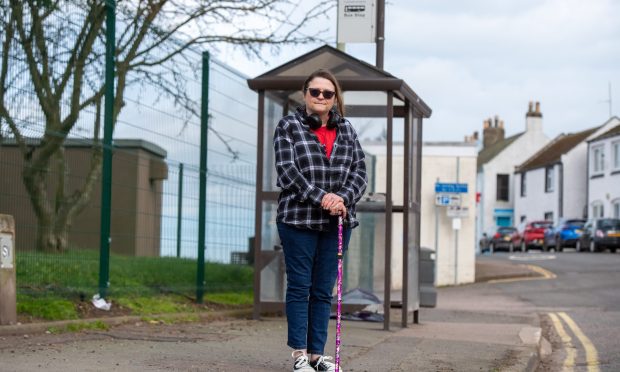
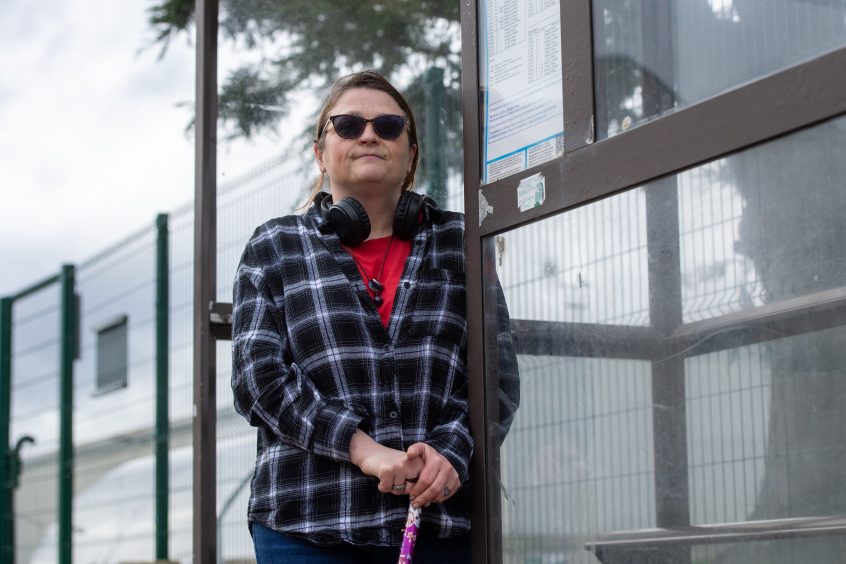
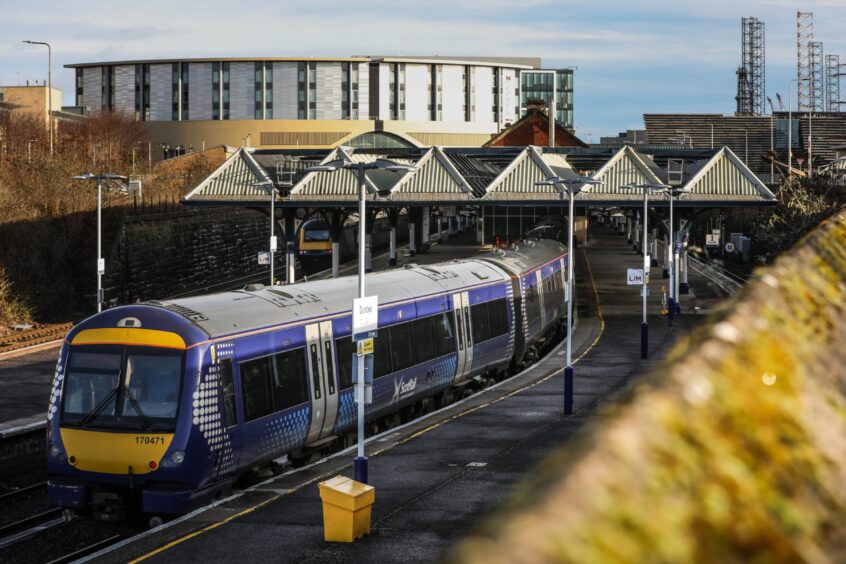
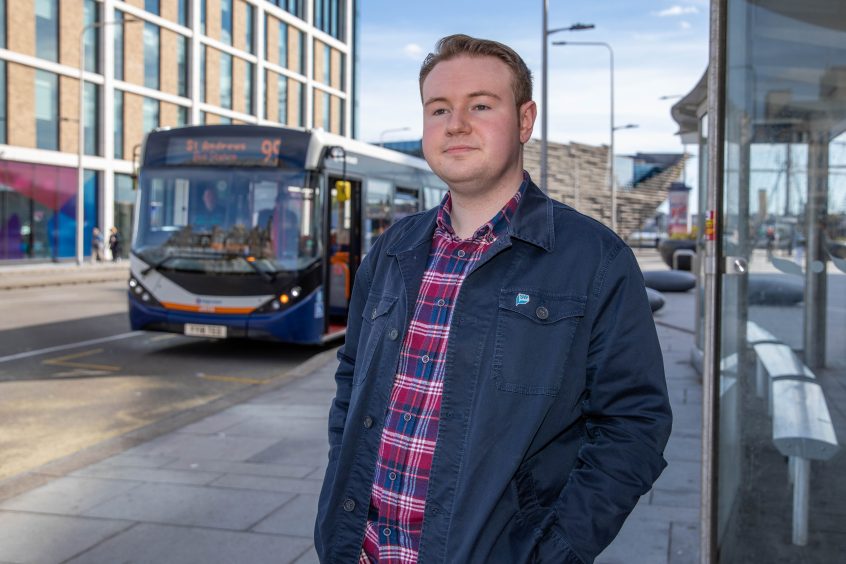
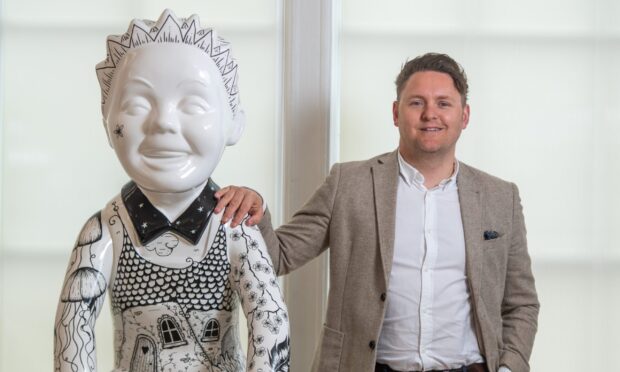
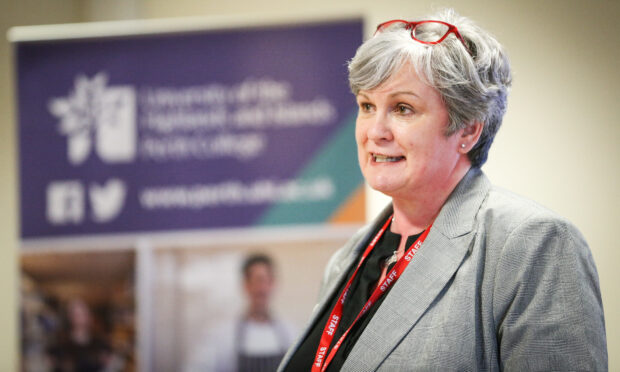
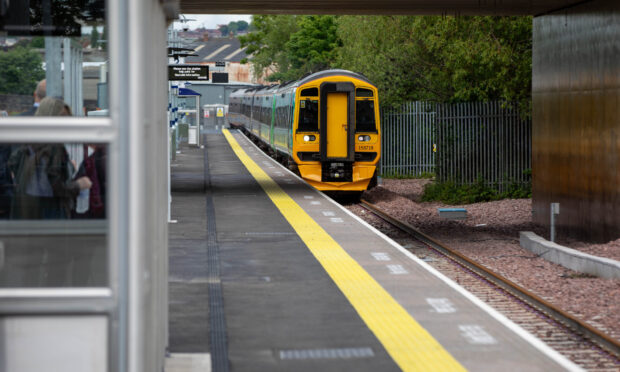
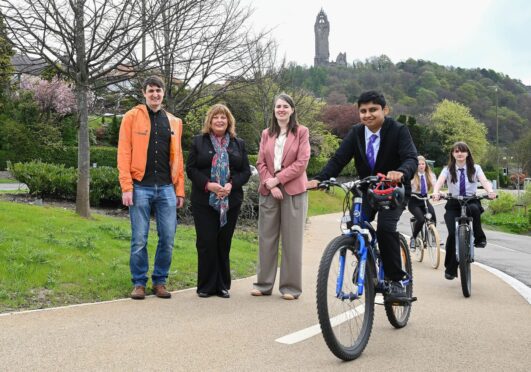
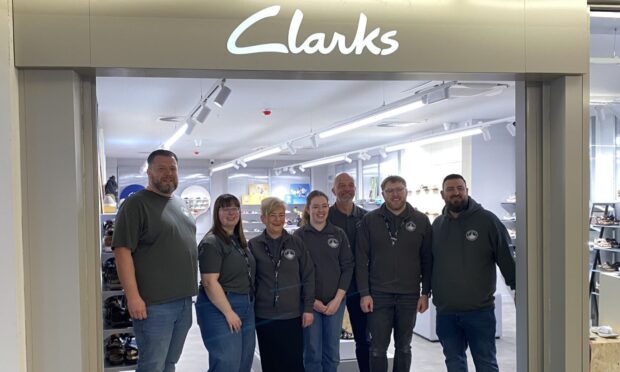
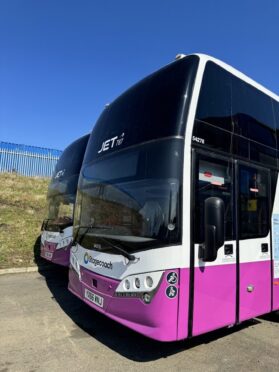

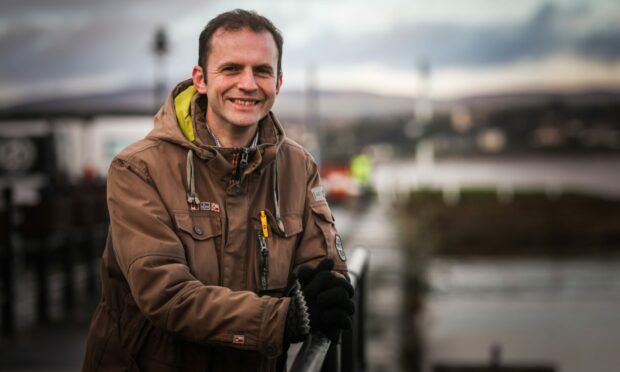
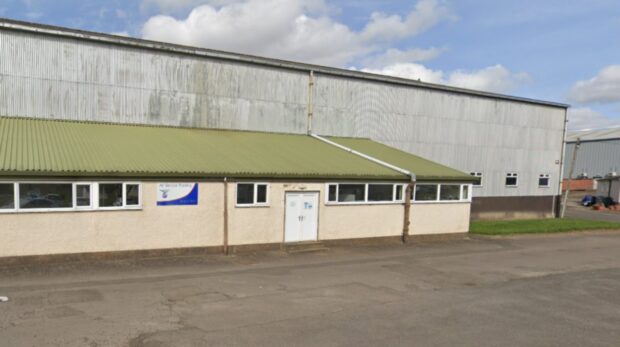
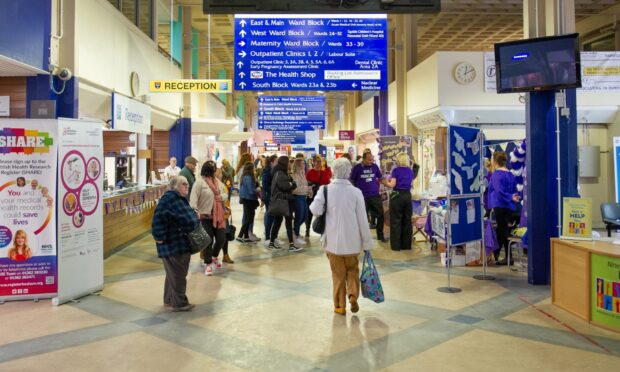
Conversation